Chicken soup, often hailed as “Jewish penicillin” or a universal remedy for colds and fatigue, is a dish that transcends cultural boundaries. Its comforting aroma, velvety texture, and restorative properties make it a beloved staple in kitchens worldwide. However, achieving the perfect balance of sweetness and tenderness in a homemade chicken soup requires more than just simmering a bird in water. It demands precision, patience, and an understanding of the subtle alchemy that transforms simple ingredients into a nourishing elixir. This article will delve into the science and craft of brewing a chicken soup that is both fragrant and tender, ensuring every spoonful delivers a symphony of flavors and textures.
Selecting the Right Chicken: The Foundation of Flavor
The journey to a sublime chicken soup begins with selecting the right bird. While supermarket broilers are convenient, they often lack the depth of flavor and tenderness found in heritage or free-range chickens. Opt for an older hen (stewing hen) or a free-range chicken, as their muscles have had more time to develop complex flavors through exercise and a natural diet. These birds yield a richer, more gelatinous broth, thanks to their higher collagen content, which breaks down during slow cooking into silky mouthfeel-enhancing compounds.
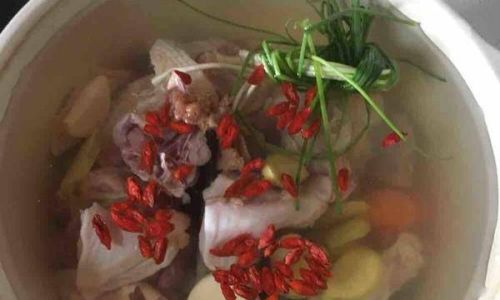
If possible, source a chicken that has been air-chilled rather than water-chilled. Air-chilled birds retain less moisture, resulting in a more concentrated flavor. Additionally, consider the bird’s age—younger chickens (under 6 months) produce a milder broth, while older hens (1–2 years) offer a robust, gamey profile. For a sweeter undertone, some chefs swear by incorporating chicken feet or wings, which are rich in cartilage and contribute to a luxuriously viscous broth.
Preparing the Chicken: Maximizing Tenderness
Proper preparation is pivotal to preventing toughness. Start by removing any excess fat from the cavity and skin, as it can render the broth overly greasy. However, leave a thin layer of fat on the breast and thighs to keep the meat moist during cooking. Next, brine the chicken for 2–4 hours in a solution of water, salt, and a pinch of sugar. Brining not only seasons the meat but also denatures its proteins slightly, ensuring it remains tender after prolonged simmering.
For an even more tender result, consider the Chinese technique of “velveting” the chicken. Marinate the meat in a mixture of cornstarch, egg white, and Shaoxing wine for 30 minutes before cooking. This creates a protective coating that seals in juices. Alternatively, a simpler approach is to rub the chicken with baking soda 15 minutes prior to cooking—a method used in Cantonese soups to soften fibers.
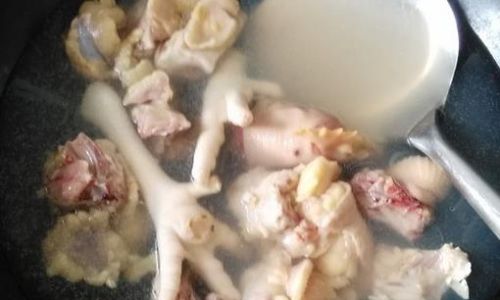
The Role of Water: Quality and Temperature
Water is the unsung hero of soup-making. Use filtered or spring water to avoid off-flavors from chlorine or minerals. Cold water is non-negotiable when starting the broth. Adding chicken to boiling water sears the exterior, trapping impurities and leading to a cloudy, scummy broth. Instead, begin with cold water and gradually bring it to a simmer. This slow temperature rise allows proteins to coagulate gently, resulting in a clearer, purer-tasting liquid.
Aromatics and Vegetables: Building Layers of Sweetness
The sweetness in chicken soup doesn’t come from sugar but from the natural caramelization of vegetables and the maillard reaction of aromatics. Classic combinations include onions, carrots, celery, garlic, and leeks. For a touch of Eastern sweetness, add corn, sweet potatoes, or a dried Chinese date (jujube). Roasting the vegetables before adding them to the pot deepens their flavors. Toss chopped onions, carrots, and celery in olive oil, roast until caramelized, and then incorporate them into the broth.
Herbs like parsley, thyme, and bay leaves add complexity, while a small piece of ginger or a cinnamon stick can introduce a subtle warmth. Avoid overpowering spices like cumin or chili, which may clash with the soup’s delicate profile. For an umami boost, consider adding a dried shiitake mushroom or a splash of fish sauce (a Vietnamese secret).
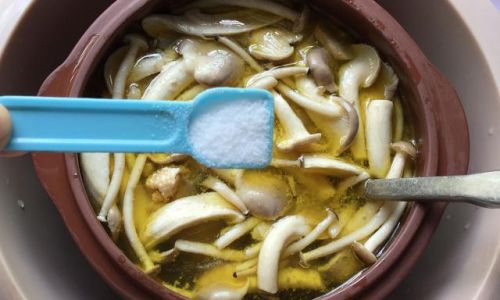
The Simmering Process: Low and Slow
Bring the pot to a bare simmer—just a few bubbles breaking the surface—and maintain this gentle heat for 3–4 hours. Aggressive boiling will toughen the meat and emulsify fat into the broth, making it greasy. Cover the pot partially to allow evaporation, which concentrates flavors, but check periodically to ensure the liquid doesn’t reduce too drastically.
Skimming is another critical step. As the broth heats, impurities rise to the surface as foam. Use a fine-mesh skimmer or a spoon to remove this scum every 15–20 minutes during the first hour. This results in a crystal-clear broth with a cleaner taste.
The Timing: When to Add Ingredients
Not all ingredients should be simmered for the same duration. Add hardy vegetables like carrots and celery 45 minutes before serving to prevent them from turning mushy. Delicate herbs like parsley or cilantro should be added only in the last 10 minutes to preserve their freshness. Similarly, noodles or rice should be cooked separately and added just before serving to avoid absorbing excess broth and becoming bloated.
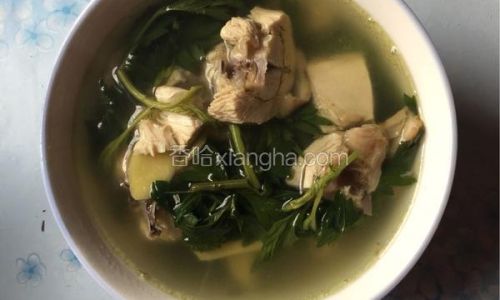
Deboning and Shredding: The Tender Touch
After simmering, remove the chicken and let it cool slightly. Debone the meat, discarding the skin and cartilage. Shred the meat into bite-sized pieces using forks or your fingers. This manual process ensures the meat remains tender, as slicing with a knife can compress the fibers and make it chewy. Return the shredded meat to the broth during the final 15 minutes to reheat without overcooking.
The Final Flourish: Acidity and Fat
A touch of acidity brightens the soup and balances its richness. Finish with a squeeze of lemon juice, a splash of apple cider vinegar, or a dollop of tomato paste. For a luxurious finish, swirl in a tablespoon of cold butter or a drizzle of heavy cream just before serving. This emulsifies the fat into the broth, creating a velvety texture.
Troubleshooting Common Issues
- Cloudy Broth: Caused by boiling too vigorously or not skimming properly. Start with cold water and maintain a gentle simmer.
- Tough Meat: Overcooking or high heat. Stick to the 3–4 hour simmer and use a thermometer to ensure the internal temperature doesn’t exceed 165°F (74°C).
- Bland Flavor: Under-seasoning or insufficient simmering time. Taste and adjust salt gradually, and consider roasting vegetables first for deeper flavor.
Storage and Reheating: Preserving Quality
Cool the broth quickly by placing the pot in an ice bath, then refrigerate overnight. The next day, skim off the congealed fat for a leaner soup. Reheat gently over low heat to avoid breaking down the collagen and making the broth watery.
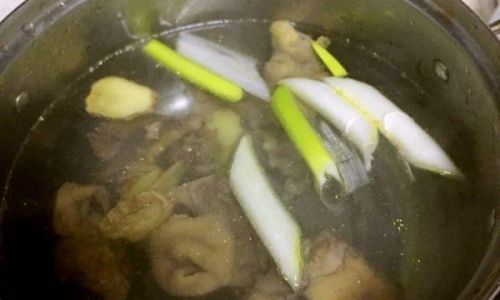
Conclusion: The Soul of Nourishment
A perfectly brewed chicken soup is more than a meal—it’s a labor of love. By mastering the interplay of ingredients, heat, and time, you can create a dish that soothes the soul and delights the palate. Whether you’re nursing a cold or seeking comfort on a chilly evening, this timeless recipe will ensure your soup is always fragrant, tender, and steeped in tradition. Experiment with regional twists, from Mexican lime to Korean ginseng, and let your spoon guide you through the endless possibilities of this culinary treasure.
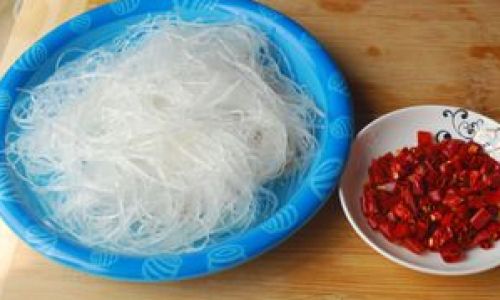
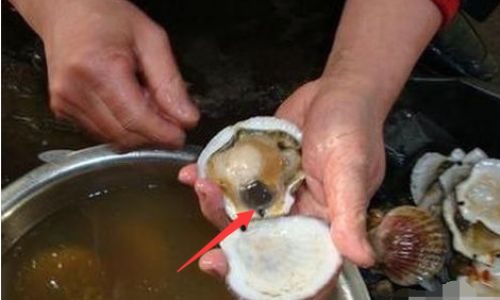
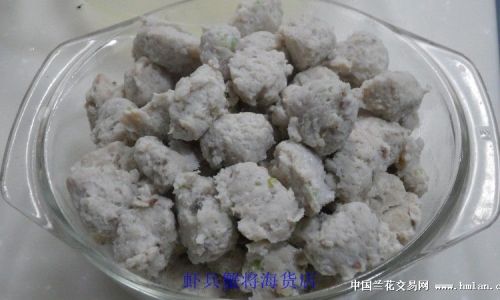
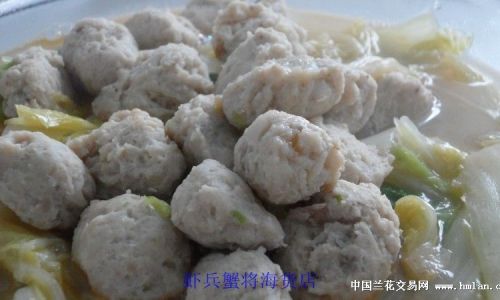

0 comments